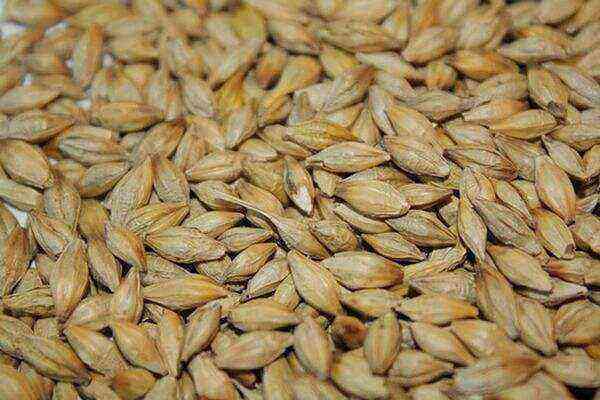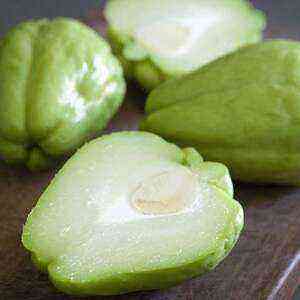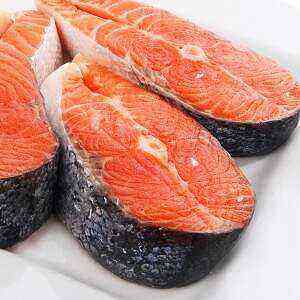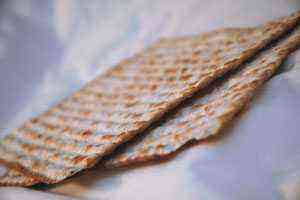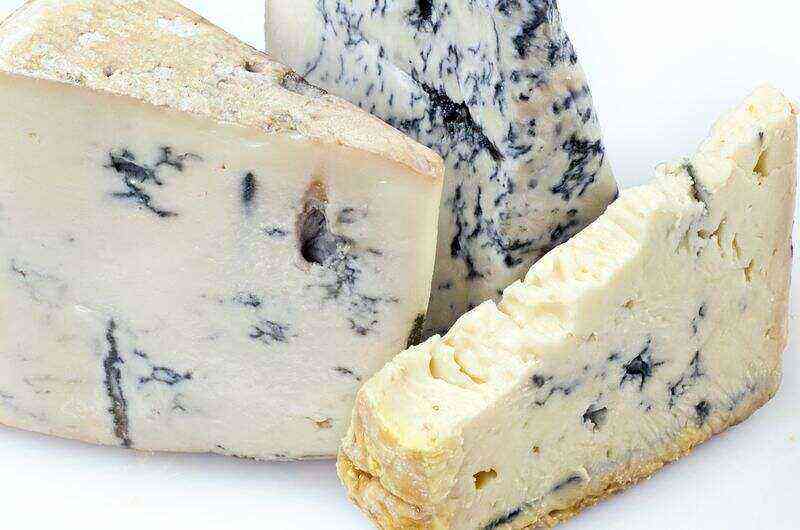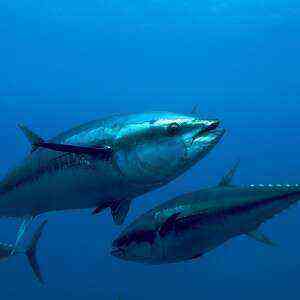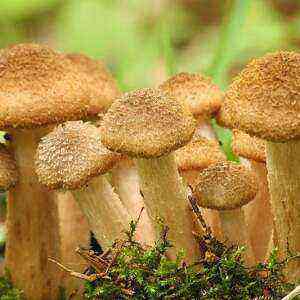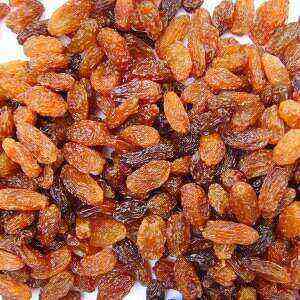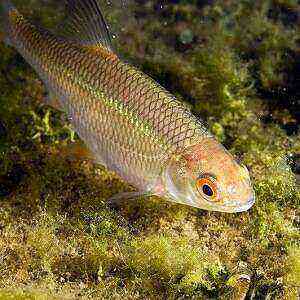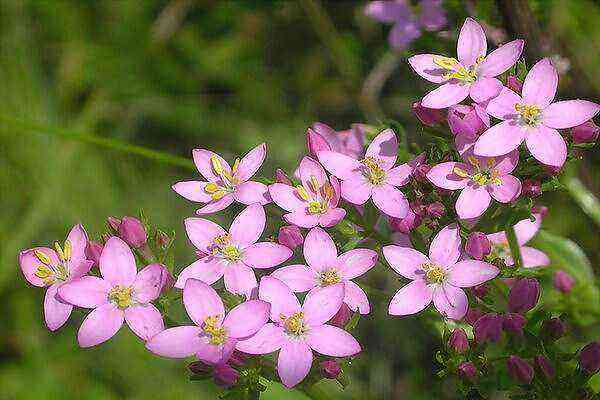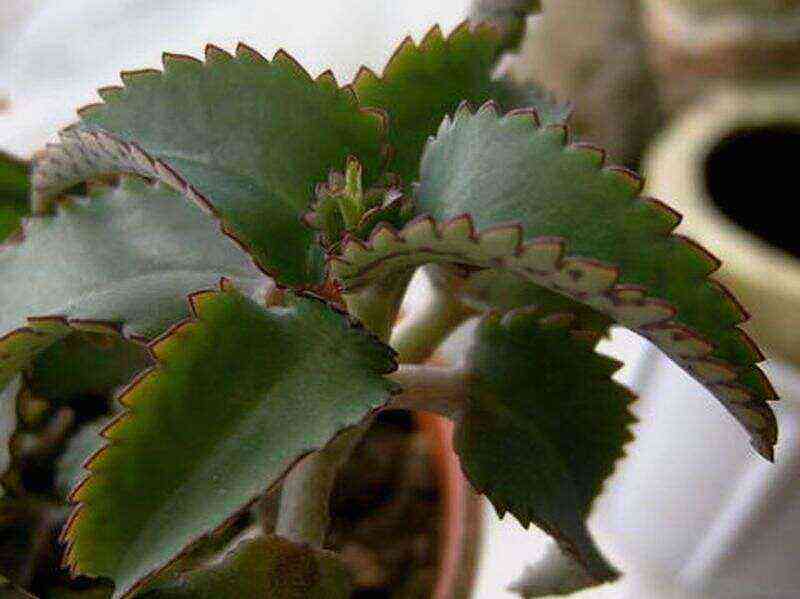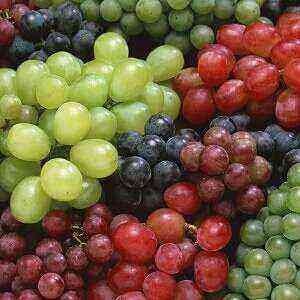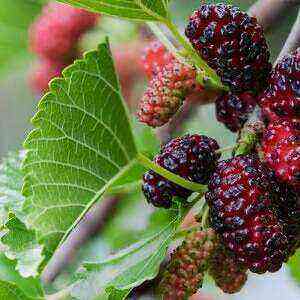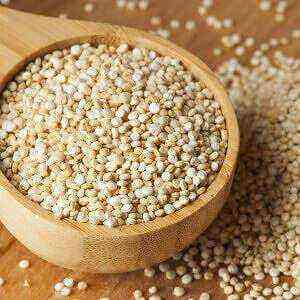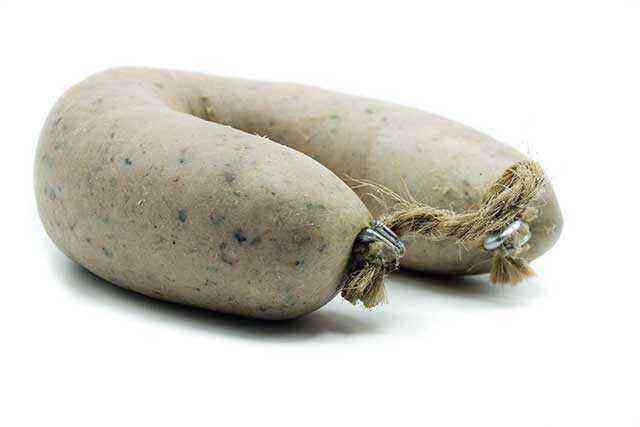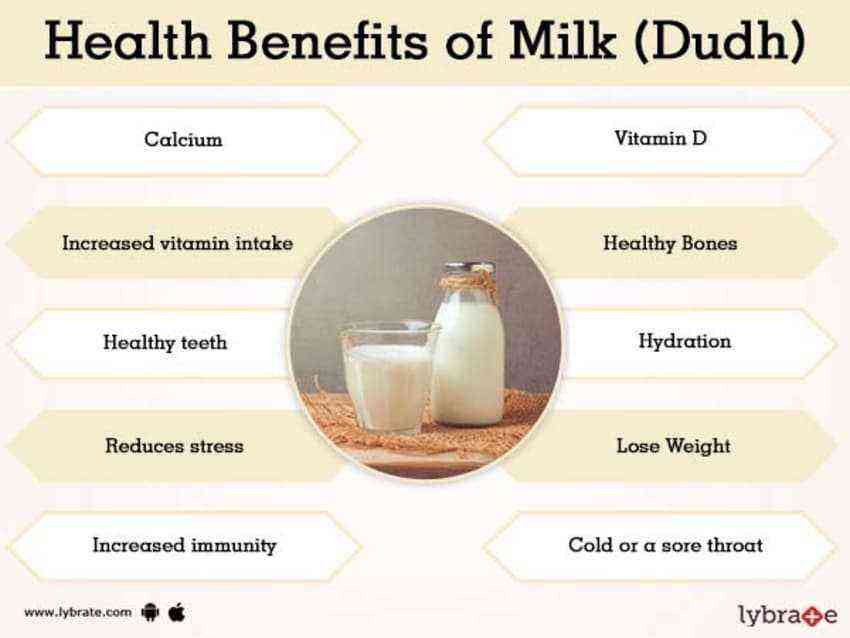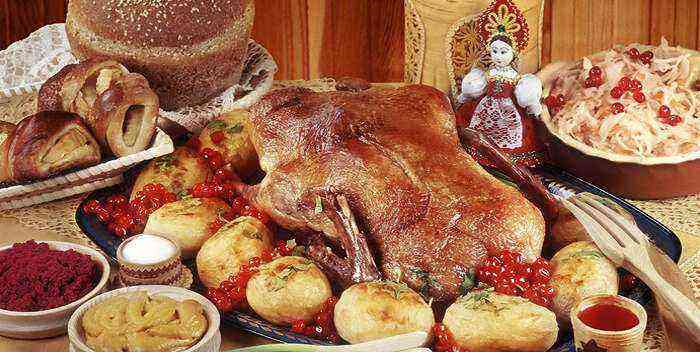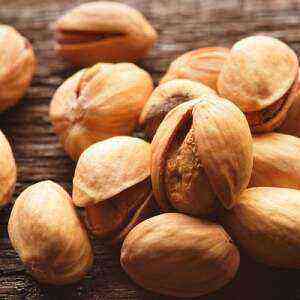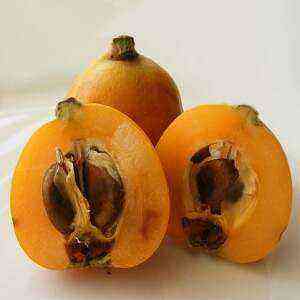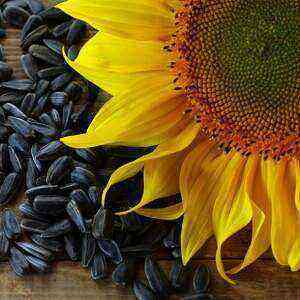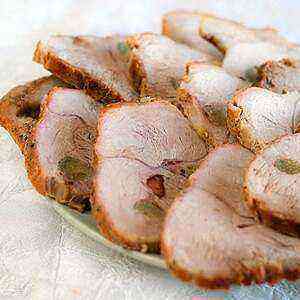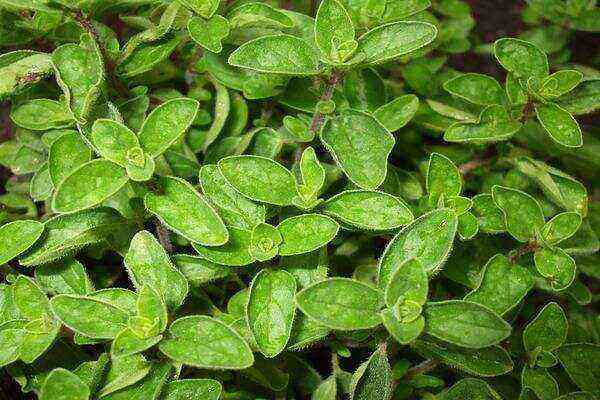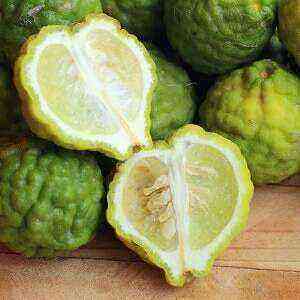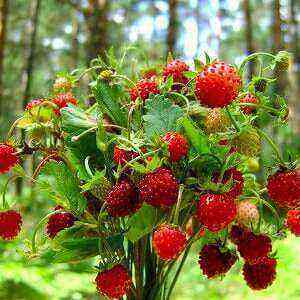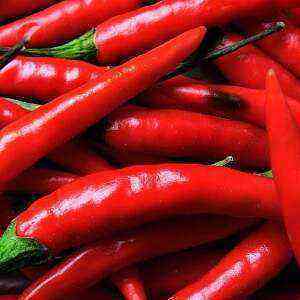
Cayenne pepper is one of the most popular spices in cooking, which is used to add spicy bitterness to a dish and prevent food spoilage (as a preservative). Along with this, burning fruits are used for medicinal purposes, as a powerful blood-stimulating and antibacterial agent (due to the presence of capsaicin in the alkaloid composition).
Overview
Homeland cayenne pepper – South India and the island of Java. The discoverers of the broth plant are members of the expedition of Christopher Columbus (in particular, Dr. Diego Alvarez Kanka). The name of the vegetable is “obliged” to the port city of Cayenne (north of French Guiana), from where it was exported by the ship’s doctor to Spain (in 1493).
Currently, the plant is cultivated in almost all tropical countries: Thailand, India, Vietnam, Brazil, Colombia, Indonesia, Guiana. Along with this, the vegetable is grown in the southern regions of the Russian Federation.
The period of fruiting pepper falls in August-October. The length of its pods varies from 0,5 to 1,5, see. Fruits are most often colored yellow, green, red, or brown.
The characteristic aroma of the plant gives the phenolic compound capsaicin contained in the seeds, skin and membranes of the pod. Interestingly, the bitter-spicy taste of the vegetable is felt even with strong dilution in water (fruit 1 g per 10000 l liquid). The burning of chilli peppers is defined in units of sharpness on the Scovilly scale. The average “hotness” of a cayenne vegetable is 40000-50000 units.
You need to eat because …
The curative properties of cayenne pepper are due to the presence of a large amount of capsaicin and vitamin C in its composition.

The main effects of the healing alkaloid:
- Increases the speed of digestion, accelerates the burning of adipose tissue, reduces flatulence (due to stimulation of the secretory function of the pancreas).
- Suppresses the growth of pathogenic flora, enhances antiviral immunity.
- Strengthens the myocardium, prevents a heart attack and fainting (“effect” of nitroglycerin).
- It prevents the accumulation of lipid plaques on the walls of arteries, prevents the formation of blood clots, and prevents the sticking of platelets.
- Normalizes the evacuation function of the gallbladder.
- Increases potency, stimulates blood flow to reproductive organs.
- Accelerates the utilization of toxic substances from the rectum.
- Stimulates the synthesis of endorphins (pleasure hormones), improves the conductivity of nerve impulses in the brain.
- Strengthens the immune system, enhances perspiration (for colds), accelerates the passage of mucus (reducing swelling of the nasal mucosa).
- Normalizes the menstrual cycle, increases female libido.
- Relieves pain in arthritis, gout, swelling of the joints.
- It relieves toothache, stops the destruction of enamel, disinfects wounds (for external use).
- It inhibits mutation of cells, slows tumor growth (due to the destruction of mitochondria of malignant cells).
- Normalizes the tone of the vascular wall, stabilizes blood pressure.
- Stimulates intestinal motility.
- Prevents a rise in blood sugar, prolongs the feeling of satiety.
- Relaxes smooth muscles.
Remember, product in large quantities is hazardous to health. Abuse of cayenne pepper is fraught with burns of the gastric mucosa, acute digestive disorders, inflammation of the kidneys and liver.
In addition, the vegetable is consumed with caution when:
- strong emotional arousal;
- exacerbation of gastrointestinal diseases (especially caused by the bacterium Helicobacter);
- propensity to convulsions (including epileptic);
- allergic reactions;
- prolonged cold;
- hypertensive disease.
Chemical composition
In addition to capsaicin and ascorbic acid, the burning pods contain alkaloids, vitamins, minerals, glycosides, essential oils, saponins and tannins.
Table number 2 “The chemical composition of cayenne pepper”
Name
Nutrient concentration in 100 grams of chili fruit, milligrams
Vitamins
Ascorbic acid (C) 143,7 Choline (B4) 10,9 Beta-carotene (A) 1,5 Niacin (PP) 1,24 Tocopherol (E) 0,69 Pyridoxine (B6) 0,5 Pantothenic acid (B5) 0,2 Riboflavin (B2) 0,09 Thiamine (B1) 0,07 Folic acid (B9) 0,023 Phylloquinone (K) 0,014
Macronutrients
Калий
322,0
Фосфор
43,0
Магний
23,0
Кальций
14,0
Натрий
9,0
Trace Elements
Железо
1,03
Цинк
0,26
Марганец
0,19
Медь
0,13
Селен
0,0005
The energy value of 100 grams of chili fruit is 40 kilocalories.
Preparation
Cayenne pepper is one of the most popular spices all over the world (especially in Asian countries). Chili fruits are invariable “companions” of Mexican, Indian and Caribbean cuisines. In cooking, the product is used both fresh and freeze-dried. Fresh chili pods are put mainly in pickles, marinades and first courses, and dried (ground) – in meat, legumes and vegetable side dishes. To a much lesser extent, pepper is suitable for cooking fish, egg and milk dishes.
Remember, the sharpness of an exotic vegetable directly depends on its size and color. The smaller and redder it is, the more “burning” its taste.
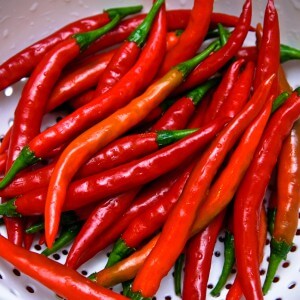
Chili fruits are marketed mainly in ground form (powder). However, if desired, the spice is easy to prepare with your own hands. To do this, an exotic vegetable is dried and then ground into a powder. If necessary, the internal partitions, seeds and skin are removed from the fresh pods (to reduce bitterness).
Ground pepper goes well with coriander, garlic, basil, bay leaf and savory. In addition, it is part of many sauces, spice mixes, adjik and ketchup (“Chile”, “Curry”, “Tabasco”).
Useful tips:
- Cayenne pepper is added to the dish 10 minutes before being cooked in moderation. If used improperly, spices can cause irritation of the gastric mucosa.
- Hot vegetable pods should not be put in boiling oil, because under the action of fat, they lose color, acquire a rich bitter taste.
- “Pepper” dish should be with caution, since the food can be very hot.
- Wash your hands often with soap and water or wear rubber gloves when cutting peppers. Do not touch your face with dirty hands, especially your eyes, otherwise you may get burned.
- If pepper enters the mucous membranes of the body, immediately rinse them with milk and warm water.
- Before adding to the dish, pepper (ground) is combined with a small portion of apple cider vinegar.
- Fresh chilli pods are stored in the refrigerator in paper bags. The shelf life of unwashed vegetables is 6-7 days. Sublimated fruits (whole or ground) are stored at room temperature in a tightly closed container (away from sunlight). The shelf life of the dried product is 1-1,5 of the year. Home-made spicy mixture is best kept in the freezer.
- Remove the skin from the fruit after heat treatment of the product (to reduce the complexity of the process).
- When choosing fresh pods, pay attention to their appearance. High-quality chili fruits have a dense, bright skin without shriveled areas and dark spots.
- To reduce the burning sensation in the oral cavity (in case of an overdose), drink 200 ml of milk, and then eat a slice of bread or boiled potatoes.
Interestingly, in Indonesia cayenne pepper is called “lombok”, in Mexico – “ancho”, in Africa – “drank-drank”.
ethnoscience
For the preparation of medicinal drugs use chilli fruits with a sharpness value of at least 40 000 units (or better 60 000).
Top 5 proven recipes:
- A warming cold remedy. Active ingredients (dry): ground cayenne pepper (15 g), sage (8 g), parsley (8 g), clove (5 g), cardamom (5 g), walnuts (5 g). The indicated ingredients are poured into 500 ml of wine vinegar and infused for 14 days in a dark place (shaking once a day). After 1 weeks, the drug is filtered and cleaned in the refrigerator.
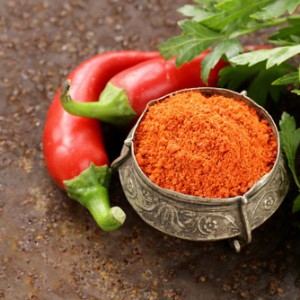
Regimen: 5 ml of infusion dissolved in 200 ml of water, taken three times a day (after meals). This composition (diluted) can be used for rinsing the nose and mouth.
- Anticonvulsant spasmodic composition. Prepare the following ingredients: olive oil (300 ml), mustard powder (30 g), cayenne pepper (25 g), ground ginger (15 g), fresh ginger root (10 g). Dry components are poured with vegetable fat, and then simmer in a water bath for 2-3 hours. Take a warm solution of 5 ml twice a day.
Folk remedy eliminates smooth muscle spasms, “warms” the frozen ligaments, increases blood circulation, relieves fever.
- Infusion for improving appetite. The composition is prepared from fresh fruits of cayenne pepper (chopped). To do this, pour 25 g of raw material into 200 ml of vodka and insist in a dark place for 10 days. The mixture is consumed three times a day, 0,5-1 ml (10-15 drops).
Alcohol tincture is used to enhance the secretion of gastric juice, increase potency, improve brain function.
- Pepper solution for rubbing. To create a healing mixture, dry raw materials are used: 100 g of black radish peel, 80 g of horseradish leaf, 50 g of walnut partitions, 40 g of chili pepper. These components pour 500 ml of triple cologne, insist 7-9 days.
The composition is used for external rubbing of problem areas with cervical myositis, neuralgia, radiculitis, sciatica, rheumatism, hypothermia, “chest” cough, back pain. Before use, infusion is combined with vegetable oil (to avoid burns).
- Drink for cleaning vessels. The composition of the drug includes fresh ingredients: horseradish leaves (50 g), walnut partitions (30 g), pine nutshell (30 g), cayenne pepper (15 g). All components are poured into 500 ml of medical alcohol (70%) and insisted for 10 days in a warm place. The composition is taken in 2 ml (30 drops) twice a day for a month.
From cellulite
Cayenne pepper is actively used in the composition of cosmetic products (store and home), designed to simulate the figure and reduce the appearance of cellulite.

- rush of blood to problem areas;
- elimination of lymph stagnation;
- accelerating the burning of adipose tissue;
- increased permeability of cell membranes to the penetration of nutrients;
- increasing the rate of elimination of cellular toxins and slags.
To return the skin to a healthy appearance Cayenne pepper is used in the composition of masks, creams, scrubs and hot wraps. These funds are easy to make at home, without resorting to the services of salon masters.
Wrapping procedure scheme:
- Prepare a cosmetic mixture. Before the first wrapping, test the composition on the elbow or wrist (15-20 minutes) for an allergic reaction to the product.
- Apply the mixture in a thin layer on the cleaned steamed skin (problem area).
- Wrap the body with plastic wrap, plastic bag or foil.
- Wrap a woolen scarf or a terry towel over the film.
- Soak the mixture on the body 10-20 minutes (depending on the reaction of the skin).
- Wash off the composition with warm water, moisten the reddened derma with cream (preferably anti-cellulite).
To reduce the appearance of cellulite, at least 10 sessions of body wraps are performed. The frequency of the procedure is 1-2 times a week.
Remember, owners of sensitive skin procedures using cayenne pepper are contraindicated.
Cosmetic Blend Recipes for Pepper Wraps
- Detoxification blood-stimulating composition. Ingredients: coffee grounds (60 g), blue or black cosmetic clay (45 g), water (20 ml), dry cayenne pepper (2,5 g). These components are interconnected, and then rubbed into problem areas with massaging movements.
- Softening tonic mixture. To create pepper tincture you will need: natural honey (100 ml), olive oil (30 ml), cream (10 ml), ground chili pepper (5 g), chopped nutmeg (5 g), lemon or orange essential oil (0,5, 10 ml, 2 drops). The composition is thoroughly mixed, and then heated in a water bath for 3-XNUMX minutes, applied to the problem area.
- Warm pepper mask. Combine 50 ml of olive or camelina oil, 45 g of cinnamon powder, 10 g of ground chili. Rub the mask intensively into problem areas.
- Nutritional anti-cellulite mixture. Ingredients: milk (200 ml), dark chocolate (100 g), cayenne pepper (3 g). Cocoa product is rubbed on a grater, then added to boiling milk (along with pepper). The mixture is cooled to a temperature of 37-40 degrees, and then used for wraps.
- Alcohol lymphatic drainage scrub. Mix in equal proportions sea salt, ground coffee, powder of red and black peppers. Dilute the dry mixture with vodka until a uniform, thick suspension is formed, apply to the problematic dermis. Given that the composition has a powerful blood-stimulating effect, with a strong burning sensation, it should immediately be washed off with water so as not to get a burn.
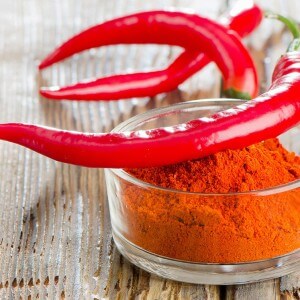
Contraindications to the use of burning wraps:
- thrombophelitis;
- phlebeurysm;
- damage to the skin (including inflammation);
- skin sensitivity;
- pregnancy, lactation;
- dysfunction of the genitals;
- tendency to rash and irritation;
- kidney disease;
- menstruation.
If the skin “burns” after the hot wraps for 2-3 hours, the amount of the burning component is halved. If you save the discomfort from the use of the procedure should be abandoned.
Winter salting recipes
When choosing pepper for home canning, it is better to give preference to thick, thick-skinned fruits without defects, damage and stains. In addition, to increase the attractiveness of pickles, it is advisable to purchase pods of different colors.
Honey Cayenne Pepper

- water – 900 ml;
- garlic – 30 g;
- greens (basil, celery, dill, cherry leaves) – 30 g;
- seasonings (allspice, oregano, cloves) – 5 g;
- salt – 15 g;
- sugar – 15 g;
- honey – 15 ml;
- Vinegar (9%) – 5 ml.
Preparation:
- Dip the peppers (with tails) in boiling water for a couple of minutes. Then transfer the raw material into a separate container and pierce it in a 2-3 area with a toothpick.
- Put peppers, spices and chopped greens (up to the “coat hanger”) in sterilized jars.
- Cook the marinade. Combine sugar, salt, honey and water. Bring mixture to a boil.
- Pour the pepper in boiling brine. Infuse the pickles in marinade 5-7 minutes.
- Drain the brine in a saucepan, boil again.
- Pour exotic fruit with marinade a second time.
- Add vinegar to the pepper mixture.
- Close cans with sterilized lids (tin or screwed).
Cool pickles are allowed to be stored at room temperature.
Cayenne pepper in tomato sauce
Components:
- cayenne pepper – 500 g;
- olive oil – 100 ml;
- tomatoes – 500 g;
- salt – 20 g;
- sugar – 10
Principle of preparation:
- Prepare the pepper for processing (rinse, remove the stem, cut).
- Fry the chopped product on low heat (10-15 minutes). When you need to remove from the fruit peel and seeds (to reduce the sharpness of pickles).
- Grate tomatoes on a grater.
- Boil tomato puree for 15-20 minutes (until the volume is halved).
- Combine tomatoes with sugar and salt.
- Arrange the pepper in sterile jars, and then pour them with tomato sauce (boiling).
- Cover the jars with lids.
Hot Pepper Adjika
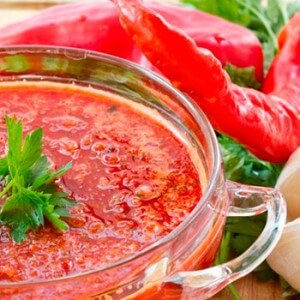
- chili pepper (fresh) – 900 g;
- garlic (fresh) – 100 g;
- coriander (ground) – 30 g;
- vinegar (apple or wine) – ml;
- Bulgarian pepper (fresh) – 700 g;
- salt – 20 of
Preparation Scheme:
- Clear peppers (Bulgarian and cayenne) from seeds and stalks.
- Add garlic and coriander to vegetables.
- Grind the spicy-pepper mixture in a blender or meat grinder.
- Combine the resulting mass with vinegar and salt.
- Spread the adjika into sterile cans, cover with a lid.
Conclusion
Cayenne pepper is a sharp exotic vegetable used for culinary, medical and cosmetic purposes.
Chili fruits are traditional ingredients of Caribbean, Indian and Mexican cuisines. They are added to soups, borscht, pickles, rice and meat side dishes, vegetable salads, chocolate desserts, fermented milk drinks (fresh or sublimated). In addition, the burning product is put in almost all hot pickles, pickles, sauces and dressings.
Cayenne pepper goes well with other spices: turmeric, garlic, coriander, basil, cardamom, savory and cinnamon. To give the dish a piquant bitterness, the product is added to food 7-10 minutes before cooking (in small portions).
In addition to the refined savory taste, cayenne pepper has nourishing and healing properties. The pharmacological value of the product is due to the presence in its composition of the phenolic compound – capsaicin. This substance has a powerful blood-stimulating, lymphatic drainage, bactericidal, regenerating, immunomodulating and anti-inflammatory properties on the body.
In folk medicine, chili is used for coughing, fever, muscle spasms, migraines, bronchial asthma, parasitosis, atherosclerosis, rheumatism, arthritis, gout, impotence. Along with this, pepper is used as part of anti-cellulite cosmetic preparations.

